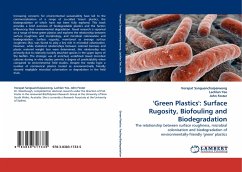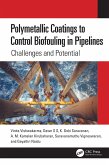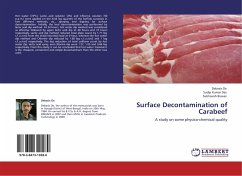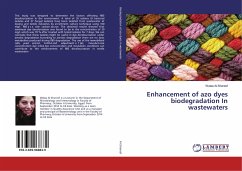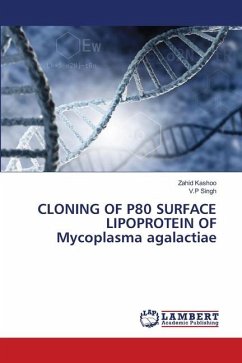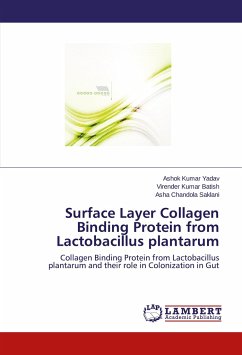Increasing concerns for environmental sustainablity have led to the commercialisation of a range of so-called 'Green' plastics, the biodegradation of which have not been fully explored. This book provides a brief overview of biodegradable plastics and the factors influencing their environmental degradation. Novel research is reported on a range of these green plastics and explores the relationship between surface roughness and morphology, and microbial colonisation and biodegradation. Surface rugosity, monitored as average surface roughness (Ra), was found to play a key role in microbial colonisation. However, while statisitcal relationships between colonial biomass and plastic material weight loss were determined, this relationship was primarily due to relatively looslely attached species in the upper layers of the biofilm. The strategic use of enriched, undefined mixed microbial cultures during in vitro studies permits a degree of predictability when compared to environmental field studies. Despite the media hype a number of commerical plastics touted as envrionemtnally friendly showed negligible microbial colonisation or degradation in the field trials.
Bitte wählen Sie Ihr Anliegen aus.
Rechnungen
Retourenschein anfordern
Bestellstatus
Storno

